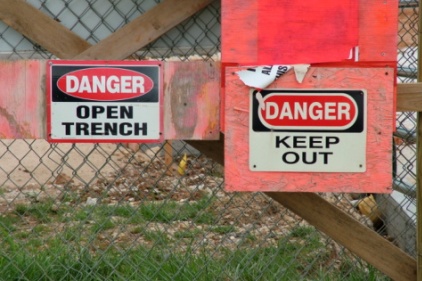 I really like the idea of reinventing OSHA. I think OSHA is good, but public perception is mostly negative. With some tweaking, OSHA could actually become more user friendly and still provide a valuable service.
I really like the idea of reinventing OSHA. I think OSHA is good, but public perception is mostly negative. With some tweaking, OSHA could actually become more user friendly and still provide a valuable service.
Instead of OSHA showing up with an attitude of, “That’s wrong. Pay $7,000.” Revise the process to an attitude of, “That’s wrong. If you don’t fix it, you will pay $7,000.” I would even support raising the maximum amounts for citations to justify the penalty for not fixing documented safety issues.
At our business, we actively participate in a county safety council. We also utilize Ohio’s OSHA On-Site Program annually to assist in our effort to stay on top of safety concerns and issues.
One of the main gripes with OSHA is its unforgiving process. If you get caught, you pay the penalty without an opportunity to fix the situation to avoid the fine. I suggest that OSHA provide the opportunity to avoid the fine. If the company fixes the problem to the satisfaction of OSHA, waive the citation and apply a reasonable flat rate to cover the cost of the inspection and a return trip to confirm the fix. If a company fails to fix a problem, then they pay at an elevated payment rate.
I also think the current DART rate and DAFWII rate calculations are no longer realistic with our current business climate. There seem to be fewer and fewer true manufacturing companies and more and more “office-type” businesses. Naturally, there is a smaller risk of injury at an office business (paper cut at the copy machine?) as opposed to a manufacturing facility. With the reduced injury levels for office businesses dragging the average DART rate down, manufacturing companies are forced into unfair compliance levels with businesses that are much safer by virtue of what they produce. With regard to manufacturing vs. non-manufacturing businesses, DART Rate issues are not on a level playing field.

Recent Comments
In addition to the personal hardship and loss...
No one will know the answer to this...
Bad drivers don't have to ruin your day...
Healthcare workers face a number of serious safety...
In my experience, truck drivers are treated with...